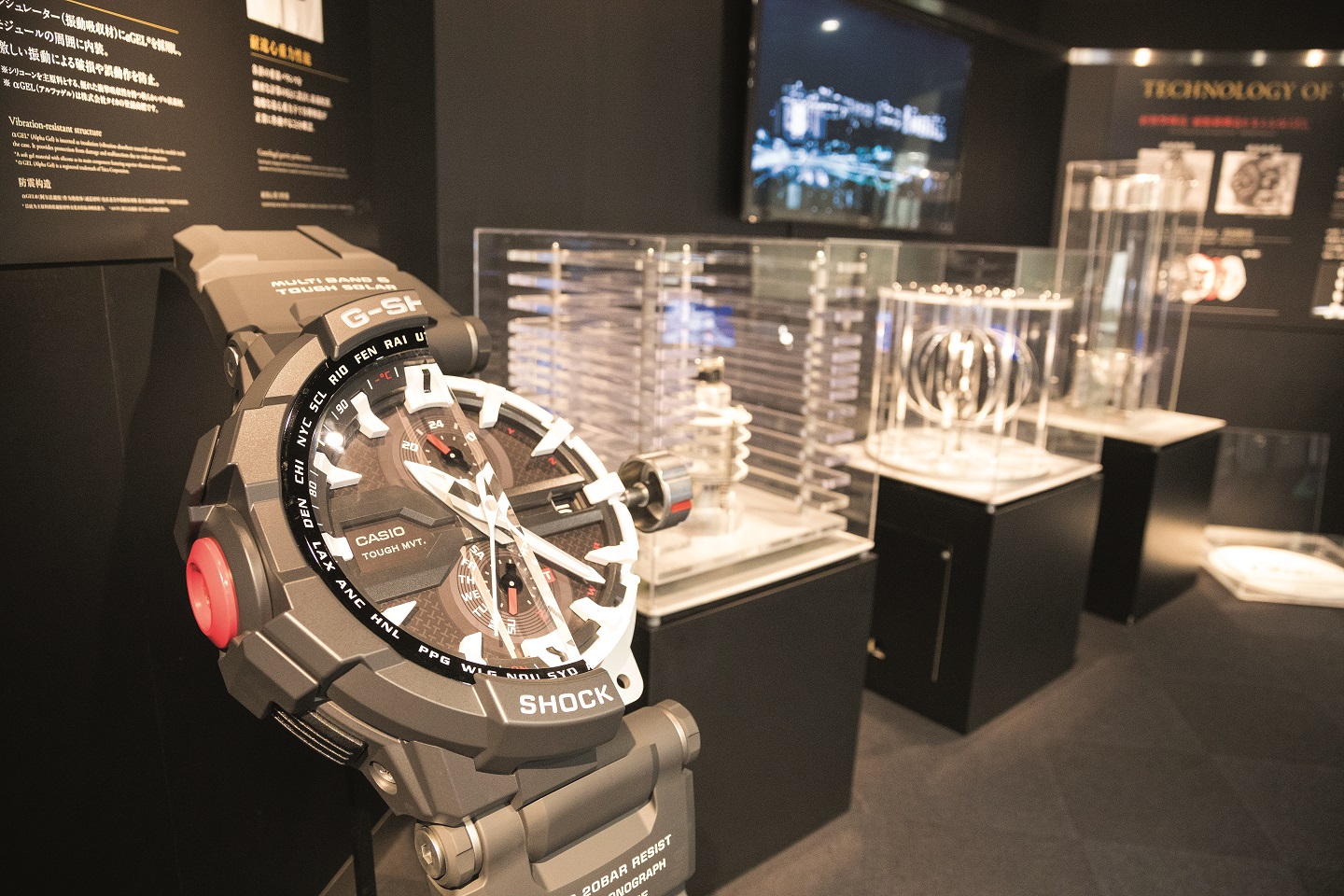
In the foyer of what was once the home of Toshio Kashio, a white banner with elegantly printed Japanese writing expresses a favourite quote by the co-founder and visionary inventor that led the birth of electronics giant Casio.
“Necessity is not the mother of invention, invention is the mother of necessity”, our guide translates Toshio-san’s oft repeated saying. Perhaps it was being in the home where many of the Japanese electronics giant’s iconic products were first conceived that heightened the appreciation of a legacy that has, in no small way, been at the forefront of a century of aggressive advancement in technology.
Some may think it a tribute too grand, and yet, as we walked through the private house turned memorial museum located in the quiet, unassuming suburb of Setagaya, Tokyo, the exhibits spoke for themselves. Every room had at least a few products that thousands of miles away, we Malaysians would recognise and would have grown up using over the past six decades.
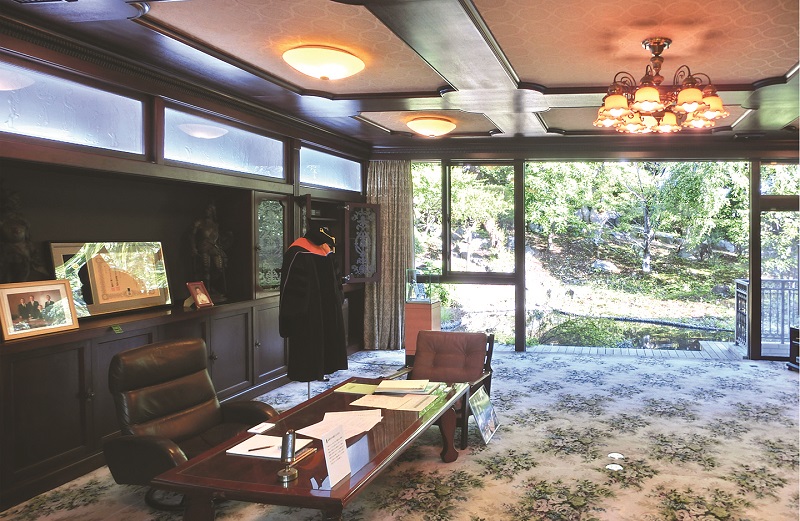
Indeed, the tour was a rather serendipitous journey of retrospection, considering that Casio celebrates its 60th anniversary this year. With that in mind, our visit to Japan — at the invitation of Casio Japan — became a trip through the past and present, with a glimpse of the future of a brand that has come to embody the spirit of Japanese precision and innovation.
Past — making something from nothing
Toshio, the second of the four Kashio brothers who co-founded the brand, was driven by the idea of creating new value out of nothing, to make things that “the world has not seen before”. The inventor, who idolised Thomas Edison as a child, was obsessed with the idea of using technology to compute calculations, instead of the abacus, from as young as 21 years old. However, his first successful invention was the novel Yubiwa ring pipe that functions as a cigarette holder. It allowed workers in post-war Japan to smoke hands-free right down to the nub of the cigarette to avoid wastage.
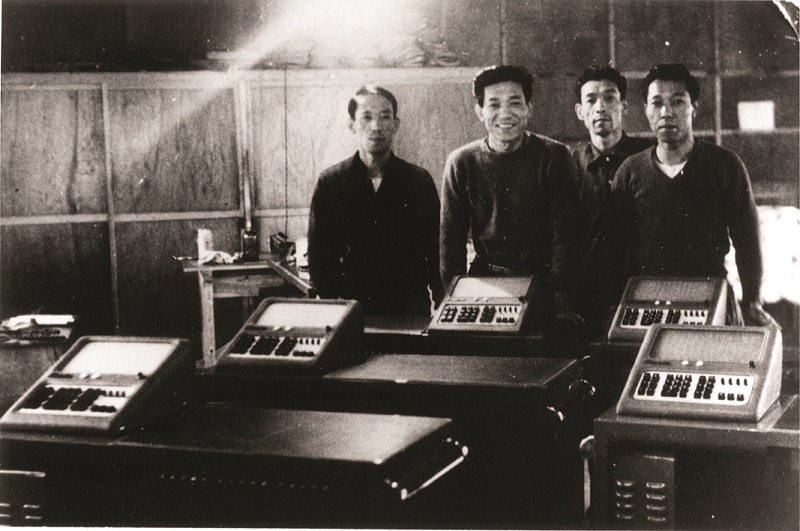
The anomalous product heralded the out-of-the-box and often outlandish spirit that went on to mark Toshio’s, and in turn Casio’s, creations. More importantly, the ring pipe’s success helped bankroll the brothers to develop a new product. In 1957, they launched the first all-electric compact calculator, the Casio 14-A, under Casio Computer Co Ltd.
Compact as it may be, the 14-A, which weighed all of 140kg, was the hulking size of a desk and cost as much as a car then. With it, the brothers laid the company’s foundation. The oldest brother, Tadao, was a talented technician who later became the company’s second president (succeeding his father) and financial head. With Toshio creating new inventions, third brother Kazuo — the most sociable of the four — was the sales and marketing whiz and later became the company’s third president. He remains the chairman of Casio today. The youngest of the Kashio brothers, Yukio, was known as the gentle and soft-spoken engineer who realised many of his second brother’s inventive ideas in production.
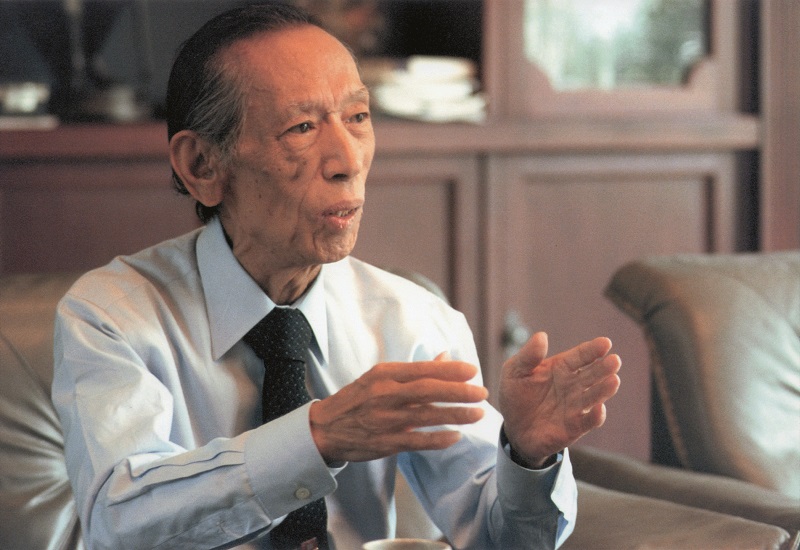
Over the decades, Casio diversified into an array of products, including musical instruments, digital cameras, projectors and digital watches. But before that, there was the “calculator war” during the 1960s and early 1970s.
Back then, Casio was one of more than 40 brands in Japan, the US and Europe trying to corner the pocket electronic calculator market. But the launch of the Casio Mini was instrumental in cementing its reputation as a leading brand that was here to stay.
“In Japan, the final winners were Casio and Sharp. By 1974, the Mini had sold about 10 million units all over the world,” says our guide. The world’s first 0.8mm credit card-sized calculator that followed further edged out its competitors.
The same innovative spirit was poured into Casio’s watch creations from the 1980s onwards, albeit with some wild and zany results in the first two decades with out-there functions: temperature display sensors, atmospheric pressure reader, compass, fitness tracking, handwriting recognition and data inputting, remote control for TV, MP3 player, recorder, digital camera, and the world’s first GPS function on a watch.
Enthusiasts and fans consider the brand’s timepieces the earliest smartwatches, although they were often as much misses as they were hits. That history gives an insight into why, since then, Casio has effectively gone the other way, creating more “traditional” and analogue-inspired watches today.
Present — technology meets craftsmanship
The brand’s success with its watch division — which accounts for about 50% of Casio’s revenue — cannot be told without mention of the G-Shock. Launched in April 1983, at the prime of the Japanese Quartz movement, it proved a game changer for both the brand and the watch market. The story goes that employees working at the Hamura headquarters had to dodge watches dropped from the top floor by designer Kikuo Ibe and his team as they tested prototypes.
These days, the testing process and designs are much more sophisticated and vigorous, as we saw for ourselves at the Casio Yamagata Factory on Honshu Island, north of Tokyo. The factory’s backdrop of hills shrouded in mist was apt in setting the tone for what was a rare look behind the scenes where Casio produces its high-end models. The Premium Production Line (PPL) produces the flagship models of G-Shock’s MR-G and MT-G ranges, as well as selected designs of the Oceanus and Pro Trek series.
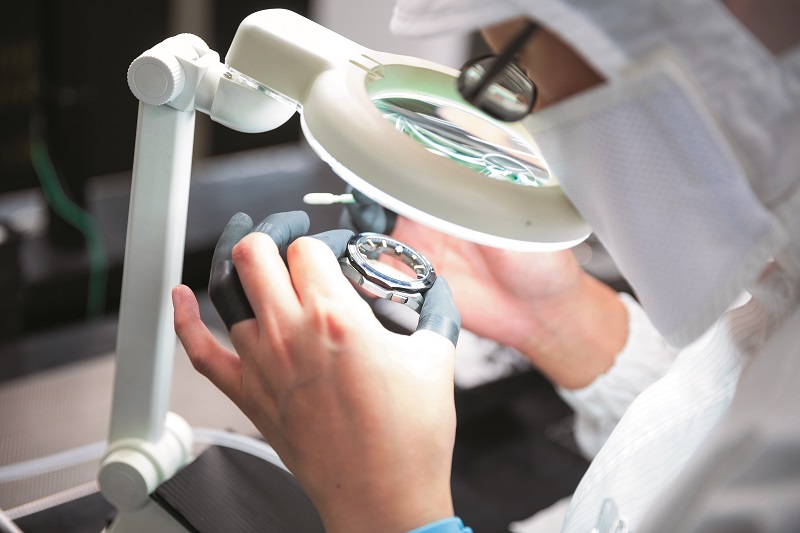
The factory takes the “Made in Japan” label very seriously, as the stamp reflects the pride in the advanced technology and craftsmanship that the Japanese are famous for. The best of the best are produced in Yamagata. The facility manufactures watch movements, moulds, and most of the minute parts and gears for its premium models, all of which are assembled using robotic and image recognition technology. The assembled units are then overseen in the sterile, dust-free production space by a small group of technicians who are ranked from Gold, Platinum to Meister — the last of which requires at least seven years of experience and passing an examination.
The brand is building a new plant, scheduled for completion in the first half of next year, which will increase production efficiency and expand the use of product 3D design data for the entire engineering chain of Casio’s watch products. This is in line with current president Kazuhiro Kashio’s vision to grow the wearables business, particularly considering the exciting times digital watch technology is in.
Future — shocking the world
Ever since the president — who is the son of Kazuo — took the helm in 2015, he has been laying the foundations for cultivating new products to carry the company securely forward. The already popular G-Shock line is being carefully cultivated to spearhead a new direction.
At this year’s Baselworld Watch and Jewellery Show, Casio’s imposing samurai-inspired pavilion made a statement of its aspirations. Under the spotlight was the limited-edition Hammer Tone, which was priced at US$7,400. While it touted traditional Japanese craftsmanship and the Connected Engine 3-way Module technology, which is also featured in the premium MR-G and MT-G series, the company wisely eschewed drastic changes to the G-Shock — such as trying to make it a full-fledged smart watch like Apple’s or Samsung’s — and stuck to its attractive core features of “connected” functionality and rugged good looks.
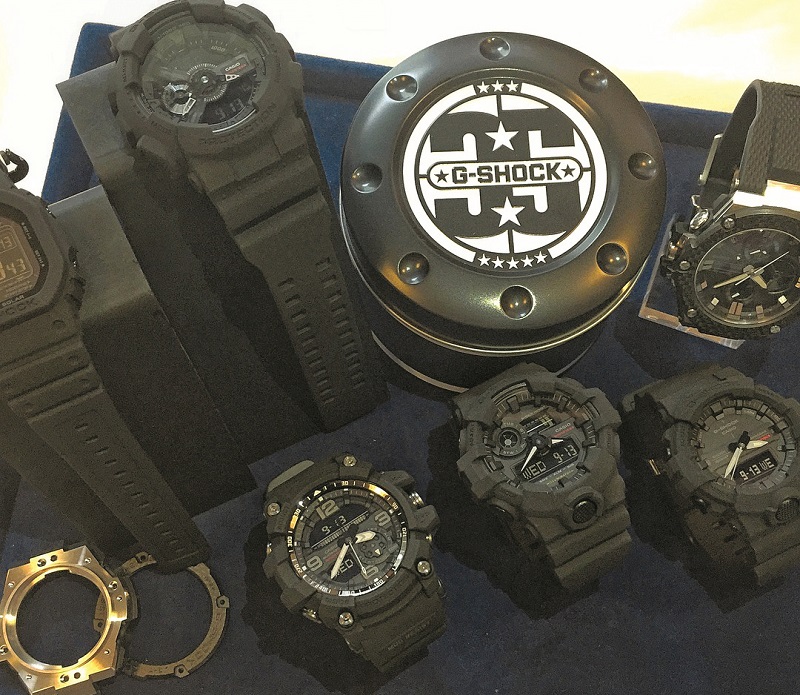
Next year will be about celebrating the iconic “indestructible” watch, and there is much to celebrate. In Yamagata, a visitor’s gallery proudly displays a sign announcing the sale of the 100 millionth G-Shock, which is carried in 138 countries. Celebrations for the company’s 60th anniversary have been muted compared to the upcoming 35th anniversary of the G-Shock next year, for which the limited production commemorative collection, the Big Bang Black range, is on the market now.
It is a prelude to what is to come next year. But at a glance, the G-Shock and Casio are already mastering the balance of continuing a rich legacy without losing the spirit of innovation of its founders.


